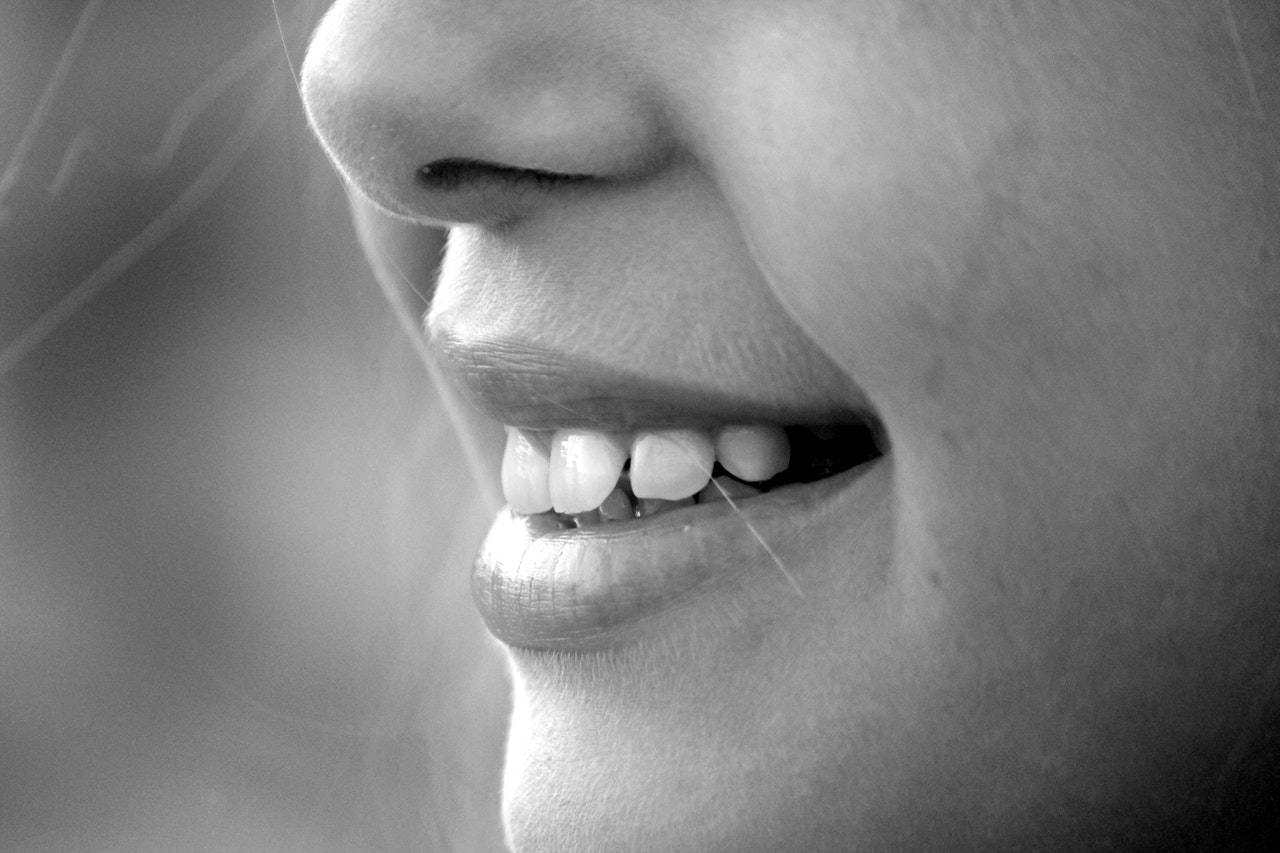Congenitally Missing Teeth: What Are They and How to Treat Them
If, unlike the average person, you’re born with or are missing permanent teeth, then you have hypodontia, or more commonly, congenitally missing teeth (CMT).
The most common congenitally missing teeth tend to be second premolars, wisdom teeth and upper lateral incisors.
And besides an unfavourable appearance, patients with congenitally missing teeth also experience malocclusions, periodontal damage and insufficient bone growth that impacts chewing and speaking abilities.
Let us help you work around this costly dental anomaly and replace missing teeth with treatments like dental implants. Get in touch to see how we can help you.
As congenitally missing teeth can accompany various complications, it’s medically advised to have the condition treated by expert teams as soon as possible.
Are your child’s teeth not growing in?
In some cases, certain teeth do not grow or appear, and it’s not a simple case of the tooth being trapped under the gum. In congenitally missing teeth or hypodontia, this is a common occurrence.
However, thanks to today’s modern advancements in dentistry, we can provide options for either you or your child to replace their missing teeth.
What’s the cause of congenitally missing teeth?
In most cases, missing one or two teeth can be attributed to a family trait. However, occasionally different genetic conditions can cause the problem.
A 2015 review in the Dental Research Journey concluded that when it’s not a family trait or genetic condition that has caused CMT, it’s most likely attributed to environmental factors like infection, trauma and drug use.

Congenitally missing teeth and complications
Congenitally missing teeth can negatively impact aesthetics and oral function and is one of the common dental anomalies.
Aesthetics itself is an important factor as its problems have been known to affect a patient’s self-esteem, communication behaviour, quality of life and professional performance.
More medical complications can surface, too, such as:
- Malocclusion, which can lead to mastication problems
- Periodontal damage
- Lack of alveolar bone growth
- Reduced chewing ability
- Inarticulate pronunciation
- Changes in skeletal relationships
Read – the worrying effects of tooth loss.
More harmful effects of congenitally missing teeth
Rather than noticeable self-conscious cosmetic effects your child or yourself might feel, missing teeth beyond that can potentially lead to more severe dental issues.
When gaps are present in the mouth, neighbouring teeth tend to shift and move due to the absence of teeth. As another direct result, bone loss is also a common occurrence around the missing tooth site, leading to facial sagging and further tooth loss.
In the next section, we will go through the treatments available to you to replace missing teeth – however, we will clarify that some treatments conceal the problem rather than promote good oral health. More below!
Treatments for congenitally missing teeth
Dental Implants | Bridges | Dentures
[table id=14 /]
If any of the above treatments are of interest to you, get in touch with us here – we are restorative experts and implant specialists. So, you can trust that you’re in good hands with us.
